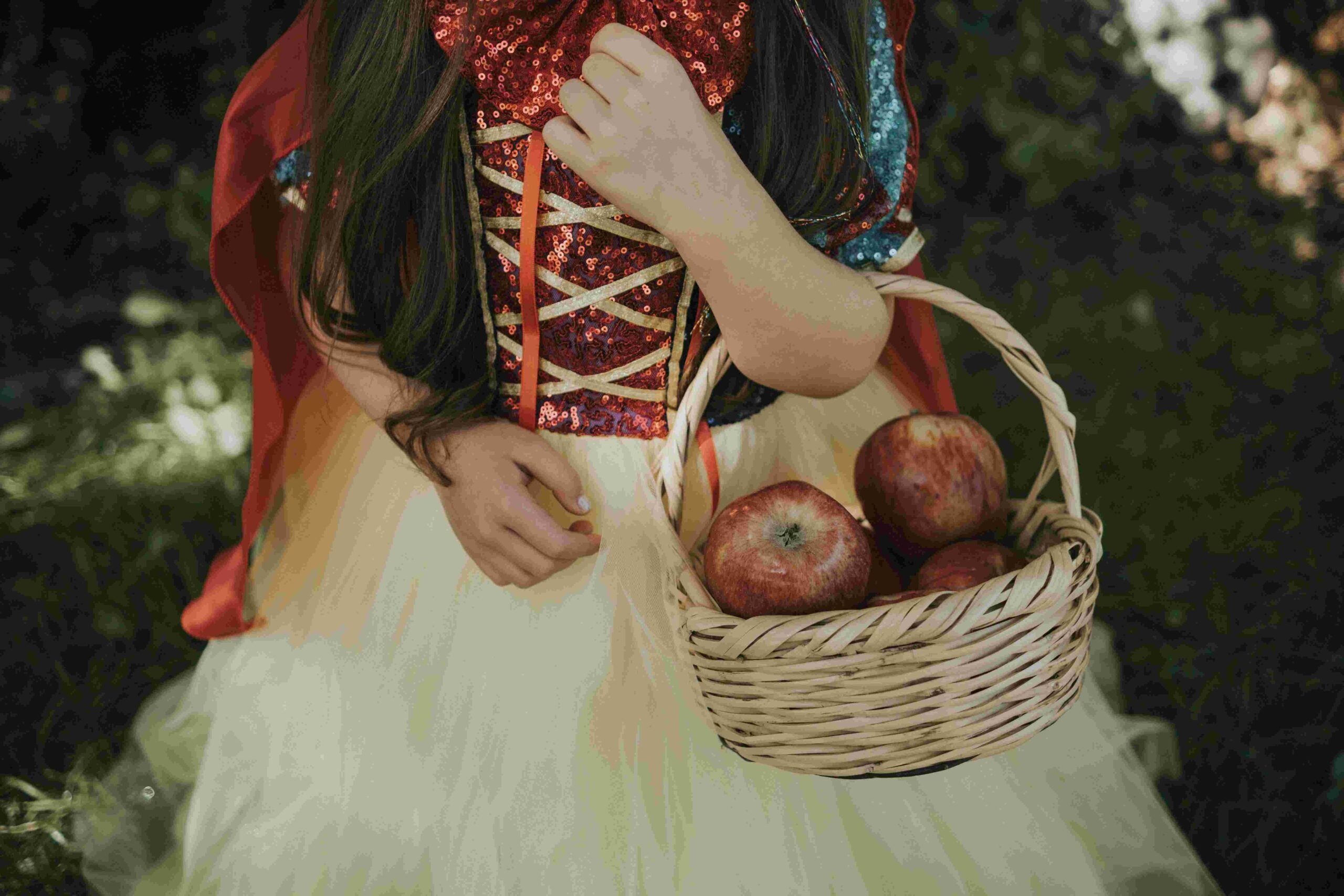
How Fairy Tales Have Evolved Over Centuries
Article Level: B1-B2
Explanation: This article explores the evolution of fairy tales, tracing their origins from oral traditions to modern retellings. It highlights how stories like *Cinderella* and *Snow White* have transformed over centuries, reflecting changes in culture, society, and values.
Audio File of the Article
Read more: How Fairy Tales Have Evolved Over Centuries

How Fairy Tales Have Evolved Over Centuries
Fairy tales have been a part of human storytelling for centuries. These enchanting narratives, often filled with magic, talking animals, and heroic figures, have evolved significantly over time. While many people are familiar with classic tales such as Cinderella or Little Red Riding Hood, the versions we know today are often very different from their original forms. The evolution of these stories is a fascinating journey that reflects changes in culture, society, and values.
The roots of fairy tales can be traced back to oral traditions. Long before they were written down, these stories were passed down from generation to generation through storytelling. In the past, fairy tales often served a moral or cautionary purpose, teaching lessons about good behaviour and the consequences of bad actions. They were also an important part of socialising children, preparing them for the challenges of life.
In the 17th and 18th centuries, fairy tales began to be written down and published, most notably by authors such as Charles Perrault and the Brothers Grimm. These versions were often more polished and structured, making them more accessible to a wider audience. However, even in these early printed versions, fairy tales still contained dark themes and violence. For example, in the original version of Cinderella, the ugly sisters were encouraged to cut off parts of their feet to fit into the glass slipper, and in Hansel and Gretel, the children are abandoned in the forest by their parents.
As time went on, fairy tales began to evolve to reflect changing societal norms. In the 19th and 20th centuries, stories became less violent and more focused on positive themes of kindness, bravery, and personal growth. For instance, modern versions of Snow White or Beauty and the Beast often highlight themes of inner beauty, kindness, and the triumph of good over evil.
In more recent years, fairy tales have continued to transform, especially in films, books, and television. Disney’s adaptations, for example, have become some of the most famous retellings of fairy tales worldwide. These versions are often more family-friendly, with bright, colourful animations and happy endings. However, contemporary authors and filmmakers have also begun to reimagine fairy tales in darker, more complex ways. Writers such as Angela Carter and filmmakers like Tim Burton have created alternative versions of classic tales, exploring themes such as feminism, power, and identity.
The internet and modern media have also played a role in the continued evolution of fairy tales. Online platforms like blogs and social media have allowed new voices to share their unique interpretations of these stories. In the digital age, fairy tales are no longer limited to traditional forms, with interactive video games, fan fiction, and even podcasts bringing new life to these age-old tales.
Ultimately, the evolution of fairy tales shows how storytelling adapts to the values and concerns of different times. From oral traditions to modern retellings, these timeless stories have proven to be incredibly versatile, capable of evolving while still maintaining their magical appeal.

We’d love to hear your thoughts! Join the conversation by leaving a comment below. Sharing your insights, questions, or experiences can help you connect with others in our English learning community. It’s a great way to practice your English skills, engage with like-minded individuals, and improve together. Don’t be shy—jump in and let’s keep the discussion going!

 EnglishMasteryHub
EnglishMasteryHub